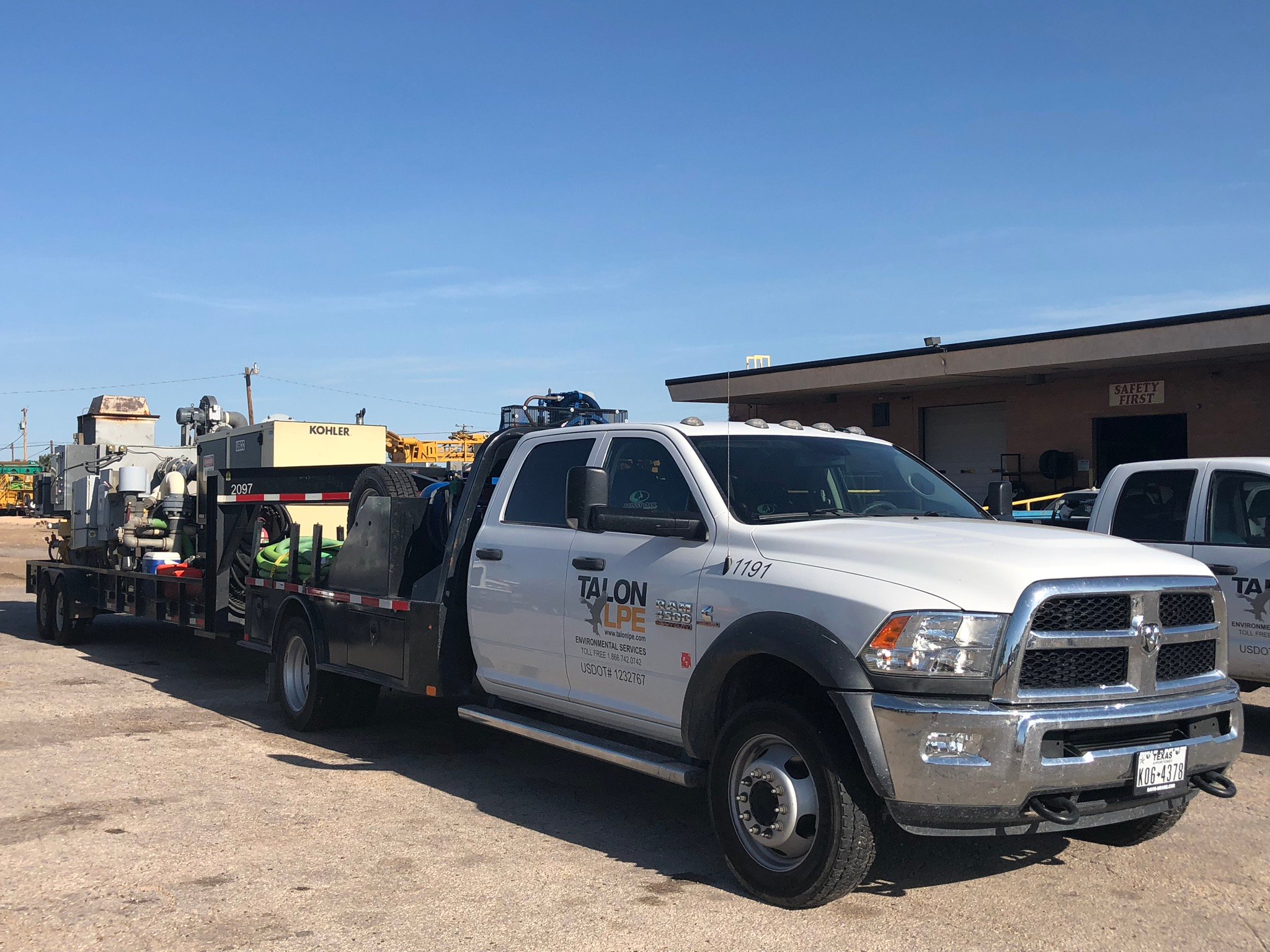One of the more common methods used in soil and groundwater remediation is known as dual-phase extraction. It is called dual-phase extraction because it works to extract both contaminated groundwater and soil vapor. Other names for this include bioslurping, multi-phase extraction, and vacuum-enhanced extraction. This process is used as an on-site, or in-situ, remediation process.

How does dual-phase extraction work?
In this process, one or more pumps are used to remove contaminants from the groundwater or to the soil. Using a single pump, the system uses high-pressure airflow to pull liquid droplets, filled with contaminants, from the soil. It also extracts groundwater at the same time. It can be used solely on groundwater extraction or on a combination of groundwater and soil vapor extraction. The soil vapor and groundwater are then separated into different tanks where the contaminants are treated and contained.
Dual pump systems are more common than single pump systems. With this system, one pump works to extract contaminated groundwater while the other pulls vapor out of the soil. The extracted contaminants are sent through separate systems for decontamination and containment.
Triple pump systems are quite similar to dual-pump systems. The third pump works to remove floating product while the other two work on soil vapor and groundwater extraction.
With any of these systems, a borehole is drilled down to a given level and the pumps are attached to piping lowered into the boreholes. As the blower starts up, it creates a pressure difference at the bottom of the pipes. Groundwater starts to move towards this pressure difference. The soil vapor follows closely after. The higher the pressure level the faster and more effective the extraction process is.
Under which circumstances is dual-phase extraction most effective?
The effectiveness of this process depends mainly on three things: the permeability of the soil, the volatility of the petroleum constituents, and the depth to the contaminated zone.
The more permeable the soil, the better the dual-phase extraction process will work. Compacted clay soils are extremely impermeable which makes this method ineffective. Coarse sand soils with some gravel content are permeable enough for this process to be highly effective. In areas with lower permeability rates, this process might work with multiple extraction points spaced closed together.
The deeper the contaminated zone, the less effective the dual phase process will work. Typically with deeper wells less contaminants are able to be recovered due to the lack of vacuum in respect to the total well volume. This can be mitigated by the use of submersible pumps in some cases.
The volatility of the petroleum constituents determines if it will vaporize effectively for ready extraction through this process. The higher the level of volatility the better it vaporizes. The lower the boiling point for the contaminant the more volatile it is.
The layers of different soil materials will also play a role in how effective this method is for extraction. While some levels of the soil have high permeability and high volatility levels, others may not. These differences can limit the radius of influence the dual-phase extraction has in a particular location or depth.
If you have a site with a high level of petroleum contamination, dual-phase extraction is a process to consider. For more information, get in touch with Talon/LPE’s environmental drilling division. We provide environmental remediation services throughout Texas, New Mexico, Colorado and Oklahoma.

